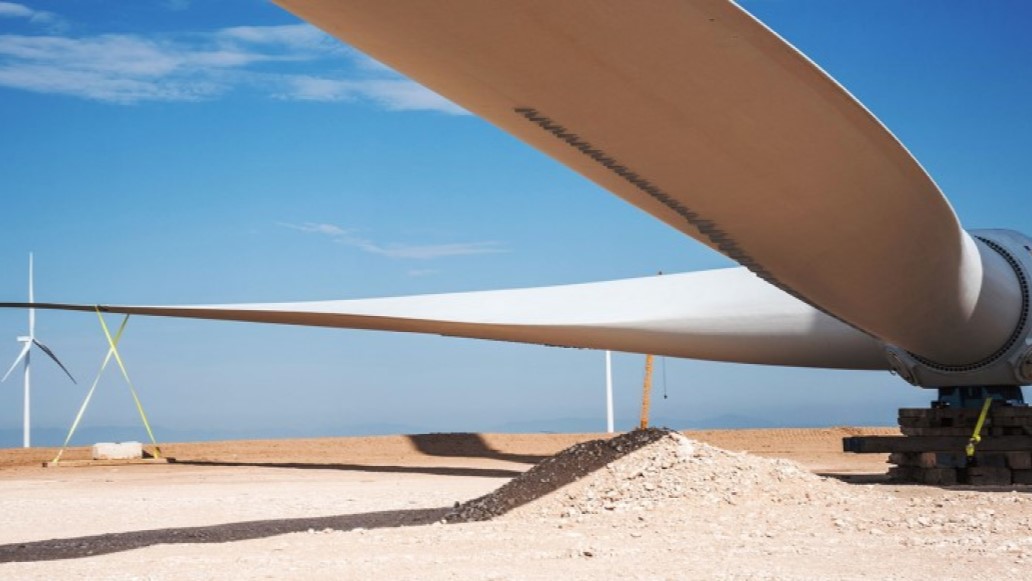What the Inflation Reduction Act means for climate-focused investors

Impax Asset Management
This article has been written by Impax Asset Management, a specialist asset manager, investing in the opportunities arising from the transition to a more sustainable global economy. By Chris Dodwell and Julie Gorte, Ph.D. | 27th April 2022
In defiance of recent expectations, the US government has passed a major package of climate spending. It is without doubt the most significant piece of climate-related federal legislation in US history.
Following months of political wrangling within the governing Democratic party, amendments finally enabled the passage of this flagship climate, tax and healthcare bill through Congress, with President Biden signing it into law on 16 August 2022.
The Inflation Reduction Act allocates more than US$370 billion in incentives and programmes to accelerate action on climate and energy over the next decade. These investments are intended to help lower US inflation in tandem with other measures included in the bill, such as lowering prescription drug costs and reducing the government deficit.
The breadth and scale of the measures contained within the 730-page bill will help accelerate emissions reductions in the world’s largest economy. Analysis by Rhodium Group, a clean energy consultancy, estimates that it could put the US on track to reduce emissions by between 31% and 44%, compared with 2005 levels, by 2030.1 Without this legislation, emissions were forecast to fall by only 24% to 35% over this period.
As investors targeting opportunities arising from the transition to a more sustainable global economy, we believe the passage of the Act will have a positive impact on US markets for low-carbon energy and climate solutions, as well as providing a welcome boost to the UN climate process in an otherwise difficult year for global politics.
Where the money is going
In terms of scale, it is significant that the package addresses three sectors of the economy that are responsible for almost two-thirds of US emissions: electricity, transport and buildings.2
1. Clean electricity – Tax incentives totalling around US$120bn will support the renewable energy sector. Since the cost of renewable generation has tumbled over the past decade – solar and onshore wind are now cheaper than fossil fuel alternatives – each dollar spent will go many times further, in terms of capacity, than the stimulus package of 2009.3 The addition of more low-cost, green electricity to the grid will enhance long-term energy security and have a deflationary effect on the economy by reducing energy bills.
2. Transportation – Tax credits of US$7,500 will incentivise car buyers to choose new electric vehicles (EVs), with US$4,000 in support towards purchases of used EVs. A current cap on tax credits per EV manufacturer is being lifted. To be eligible, though, EVs must contain batteries with a minimum percentage of components made in North America. Funding is also included for decarbonising heavy transportation, with support for clean trucks and buses, sustainable aviation fuels and zero-emissions equipment and technology at US ports.
3. Buildings and energy efficiency – The Act includes a range of incentives to encourage individual homeowners to make their buildings more sustainable – a notoriously difficult challenge for governments. Of note are US$9bn in rebates for retrofitting homes with energy-efficient measures like heat pump installation and insulation. These measures will address the cost-of-living crisis by saving consumers and businesses money while also creating new jobs.
What it means for climate-focused investors
Renewables currently account for only 20% of US electricity generation.4 Given the favourable economics of wind and solar, the additional support set out in the Act will provide a tailwind for the sector.
Renewable energy equipment makers will be particularly well-placed to support the US government’s aspiration for more clean energy. The bill allocates roughly US$30bn in tax incentives for domestic manufacturing of solar panels, wind turbines and batteries. Additional tax credits for residential solar PV will benefit companies involved in the manufacture and installation of solar panels. An investment tax credit for battery storage could meanwhile prove valuable for producers of intermittent wind and solar energy.
The build-out of solar and wind generation capacity could be complicated by bottlenecks in the permitting of infrastructure. To tackle this, the Inflation Reduction Act not only included additional resources for regulators but was also accompanied by a commitment to pass “comprehensive permitting reform”, including hard deadlines for the permitting of major infrastructure projects. However, this must be voted on separately and will require 60 votes to pass the Senate, necessitating support from Republican senators.
Within the transport sector, new incentives for car buyers should help accelerate EV sales which account for only 5% of new car sales in the US and a total of US$5bn is earmarked to support domestic EV manufacturing.5 Given the size of the US market – representing just over one-fifth of global new car sales – we believe this will encourage technologies that can enable trends within the EV transition, including autonomous vehicles and vehicle connectivity.6 An expired tax credit for charging stations, another key component of the effort to ramp up EV market penetration, has also been restored.
More broadly, we expect the package will catalyse investment opportunities in future technologies that can tackle industrial emissions. Roughly US$11.5bn is allocated to support industrial emissions reduction programmes, with a further US$13bn in tax credits for clean hydrogen production.
Opportunities in the emerging field of sustainable agriculture also stand to benefit from support. A total of US$20bn has been assigned to cutting emissions from agriculture, creating a supportive environment for companies whose products and services enable climate-friendly agricultural practices like better management of soil and animal diets.
What it means for global climate negotiations
Traditionally seen as a climate laggard among rich nations, in one respect the US should now be seen as a leader: the fee on fugitive oil and gas methane emissions introduced by the Act will be the first of its kind anywhere in the world.
Together with incentives for farmers to reduce methane emissions from livestock production, this will help the Biden administration deliver on its commitments under the Global Methane Pledge. The Pledge, which has been supported by more than 120 countries, was initiated by the US and EU ahead of last year’s COP26 climate summit and aims to reduce global emissions of this potent greenhouse gas (GHG) by at least 30% by 2030, versus 2020.
The passage of this landmark legislation means the world’s second largest GHG emitter can demonstrate it is making good on its international commitments, including those made at COP26. This bodes well for active US participation, and so meaningful progress, at COP27 climate negotiations in November.
